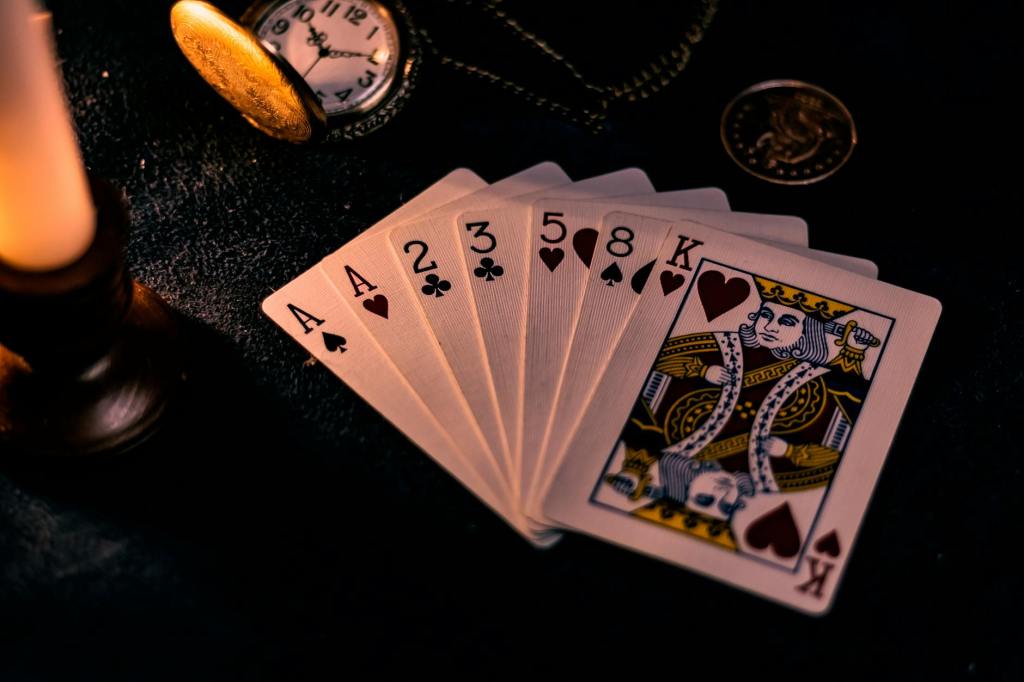To the Vietnamese, celebrating life, deities and ancestors has been an important tradition for thousands of years. And in most of these traditional celebrations, we always find Ong Tao playing an important role amongst Vietnamese families.
Who Is Ông Tao?
Ong Tao is known as “The Kitchen God” in Vietnamese traditional folklore. It is traditionally known that all Vietnamese households have their own Ong Tao residing in the kitchen- or sometimes by the oven. Ong Tao acts as an advocate for the Vietnamese family with the gods, bringing messages back and forth between the Heavens and the Earth.
It is important to understand that Ong Tao is a manifestation of three beings, and together they are known as Tao Quan- “The Three Kitchen Gods”. Other variations of “Ong Tao” such as, Ong Lo and Ong Via Bep, are referred to the singular manifestation of the three higher beings.
This is a unique concept in the Vietnamese beliefs. The Three Kitchen Gods- Tao Quan- are known to have fused together to represent a singular Kitchen God. Existing inside the Kitchen God, Ong Tao/Ong Lo, are three messenger deities. The three deities are comprised of two male deities and one female deity. Collectively they oversee matters of the family, business and kitchen, respectively.
Tao Quan’s names are:
- Trong Cao who oversees the homes and land. He wears yellow which represents the Earth and symbolises fertile land, prosperity and development. He holds a notebook to record the good and bad deeds of family members.
- Pham Lang takes care of the family’s kitchen, which is considered the heart of the house. He wears green representing the Wood element symbolising wealth and a rich harvest. He holds the picket in his hand to inform Ngoc Hoang, The Jade Emperor.
- Thi Nhi is in charge of the market and shopping for the family. She ushers in the family’s new abundances. She wears red to represent the Fire element, symbolising the Kitchen which is always full of red fire and heat. She holds a fan to reduce the fire and keep the family peaceful and harmonious.
The Story Of Ông Táo/Táo Quân
There are many variations of the story, however the storyline always goes the same way.
A long, long time ago, there was a woodcutter, Trong Cao and his wife, Thi Nhi and they were very poor. The hardship of poverty drove the woodcutter to a drinking habit and he would take out his bitterness and frustration onto his wife. The wife would thereafter flee from their home, wondering around aimlessly in the forest until she came across the house of a hunter, Pham Lang.
The hunter took this lady in and eventually they became husband and wife, living happily together. However the woodcutter became remorseful of his actions towards his wife and set out to search for her.
The wife was outside in the yard when she saw what seemed to be a beggar approaching her house, asking for food/alms. She instantly recognised her former husband and felt bad for him and offered him rice and a drink. However she was worried about what her new husband would think and tried to conceal him in a haystack outside. The hunter, unknowingly, set fire to the hay outside to use the ash to manure the field. When the wife saw this, she ran into the fire herself to be dead with her former husband. The hunter saw this and decided to jump into the fire also, so that he can be dead with his wife.
For their faithfulness, the Jade Emperor assigned the trio to become Tao Quan. It is for this reason, that Traditional Vietnamese Clay Stoves have three prongs upon to set cooking pots and pans.
Celebrating Ông Táo
The main celebrations of Ong Tao/Tao Quan revolve around Lunar New Year Celebrations. At the end of every Lunar New Year, on the 23rd day of the 12th Lunar Calendar Month, it is believed by the Vietnamese that Ong Tao/Tao Quan are busy writing up a report on the family and travels up to the heavens on this day to give the report to Ngoc Hong- The Jade Emperor. Ngoc Hong is known as the supreme deity of the heavens.
This is why Ong Tao/Tao Quan is hugely venerated on Lunar New Year festivities- as after a year long of working tirelessly to provide abundance to the family’s home and business, they go to rest for a period of time before returning back with the blessings of the Ngoc Hong. Thus Ong Tao/Tao Quan is venerated when they leave the home and again once more when they return.
This is why it is important to look after Ong Tao/Tao Quan all year long, as Ong Tao/Tao Quan will look after the family.
There are different family traditions on how to venerate Ong Tao. Some families will have an open-air shrine, others will be next to Ancestor shrines, and other families will venerate Ong Tao next to the stove in the Kitchen, or above it.
Offerings include: x3 hats, two for men, one for women, joss money to burn, either paper carp to burn, or 2/3 real gold carp to release into the river. This is done to send Ong Tao off into the heavens. False clothes and shoes are also made for Ong Tao. Lamps, flowers, steamed sticky rice, Bahn chung, Bahn Tet, a five fruit tray, chicken or pork etc.
Smoke from incense or paper offerings are symbolic and acts as a bridge to the gap between the Heavens and the Earth- which helps Ong Tao/Tao Quan deliver messages from the Earth to the Heavens.
I don’t find this discussed enough, but I have found that Ong Tao/Tao Quan also has the ability to take away the family’s abundance from his report writings to Ngoc Hong. It entirely depends on how well the Vietnamese family’s behaviour and spiritual practices have been for the year. Thus sometimes it is not unheard of to find Vietnamese families giving Ong Tao/Tao Quan sweets and sugary treats in order to “sweeten up” the report.
This makes sense as to why Ong Tao/Tao Quan resides in the Kitchen, as traditionally the Kitchen is symbolic of a family’s abundance as this is where we store and cook our food for the family.
What Are The Symbolic Appearances Of Ông Táo?
Ong Tao is usually depicted as a singular or triple figure riding a golden carp(s) to the heavens with rubber boots, a dragonfly-winged hat with a written report in his hands. The colours Ong Tao is depicted in are usually in Traditional Vietnamese Colours such as Red and Gold. He holds the paper to take up to Ngoc Hoang. Tao Quan is usually depicted in their traditional colours of yellow, green and red to represent the Earth, Wood and Fire Elements. They usually are depicted riding the carp.
The symbolism of the carp fish in Vietnam has it’s own back story- but in short the carp is closely linked to Dragons. The Carp in East-Asia symbolises prosperity, success and overcoming challenges.
During sending off Ong Tao, the Vietnamese will either burn the paper carp or they will purchase three live golden carp and release in a body of water. The Vietnamese believe that the release of the live carp shows their humanitarian spirit.
Resources:




Leave a comment